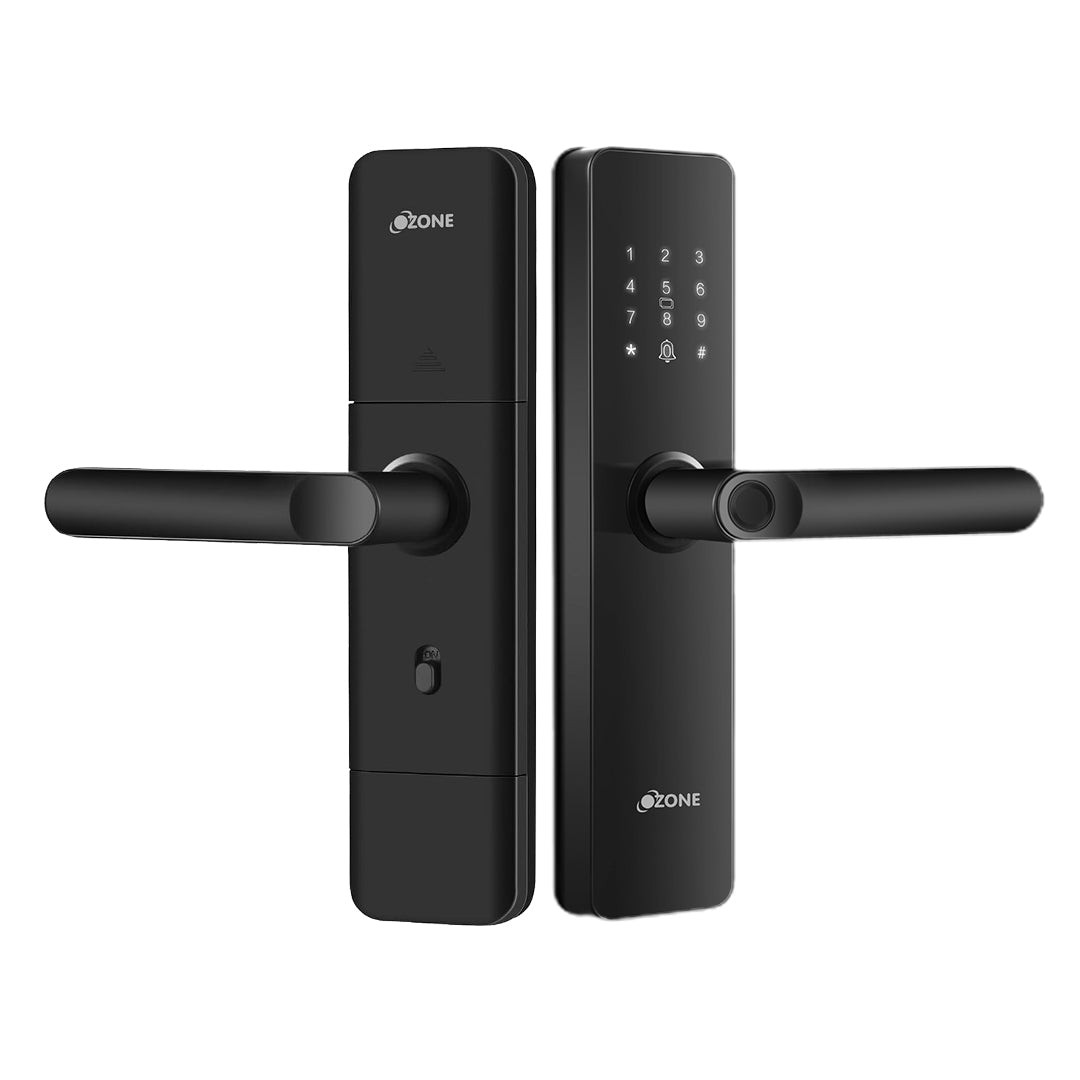
See It All: Your Complete Guide to 360° Smart Home Cameras
Imagine sitting at your favourite café, miles away from home, a notification pops up on your phone. You tap it and you can see everything happening at your home, talk to your family members, and keep an eye on your pet, all while sipping your coffee. Sounds like something from the future, right? Well, it's not– it's the power of smart home cameras!
What if one camera could see every corner of your living room without missing a thing? That’s exactly what 360 degree cameras do! It’s like having an extra pair of eyes that never blink, watching over your home day and night. You can also adjust the camera’s view and focus on areas you want to monitor.
You might be wondering what a 360 security camera is anyway.
Well, think of it as a camera that gives you a full panoramic view of your space. Unlike regular cameras that are fixed and only cover a limited area, 360 degree cameras give you maximum coverage, reducing blind spots.
Here’s where it gets cool– these cameras use fisheye lenses or pan-tilt-zoom features. Basically, they can spin around and tilt, allowing you to see large areas with just one device so you don't have to install multiple cameras.
There are a couple of different kinds, so let's break them down:
- PTZ (Pan-Tilt-Zoom) Cameras: These cameras let you control the movement in real time. You can pan left or right, tilt up or down, and zoom in on specific spots.
- Fisheye Lens Cameras: They give you a wide-angle view in one shot, and you can digitally zoom and pan around within the footage.
If you are wondering why choose a 360 security camera, here are a few reasons:
- Full Room Coverage: Normal cameras are fixed and have a limited range whereas a 360 security camera can monitor the whole room at once.
- Fewer Cameras Needed: With full coverage, you don’t need multiple cameras in different corners, saving you both money and the hassle of installing them.
- Mobile Connectivity: A lot of these cameras work with mobile apps, so you can check on your home and loved ones from anywhere, anytime.
- Voice Control: Got Alexa Echo Show or Google Nest? Great! You can see who’s at your door on the display using the camera through your voice.
Thinking about buying a smart home camera? Here’s what to keep in mind:
Before you click "buy now," consider the following:
- Budget: How much do you want to spend? The price can vary based on the features and camera type. If the camera has more features like a 360-degree viewing angle, night vision, and two-way communication, it will cost more than a standard camera.
- Installation: Would you rather go wireless or wired?
- Wired cameras offer steady power and often better video quality but need a professional to set them up.
- Wireless cameras are easy to install and place anywhere but need recharging or battery changes.
Don’t forget to factor in the following features:
- Resolution: Want to see every detail, down to the last whisker on your cat? Make sure your camera has at least 1080p HD resolution for crisp, clear footage. You’ll thank yourself when you need to zoom in!
- Night Vision: Planning to keep an eye on things when it’s dark? Night vision is a must. It lets you see what’s happening even when the lights are out, so you can sleep soundly knowing your home is covered 24/7.
- Motion Detection: No one has time to watch the camera feed all day. That’s where motion detection comes in. It sends you an alert whenever something moves in the camera's view.
- Two-way Audio: Need to say hi to your family or calm your dog down while you’re out? Two-way audio lets you chat through the camera like you’re right there. It’s like a mini intercom, built into your security system!
- Storage: What about all that footage? Some cameras offer cloud storage but keep in mind it might come with a subscription fee. If you prefer to store everything yourself, look for a camera that supports microSD cards. Easy, right?
So you’ve got your camera, now what?
- Pick the perfect spot: Choose a location with a clear view and minimal obstructions.
- Install the camera: Most cameras come with hardware for installing on walls or ceilings.
- Connect to power: If it’s wired, plug it in. If it’s wireless, make sure the battery is charged.









 Free Shipping
Free Shipping COD Available
COD Available Secured Payment Gateway
Secured Payment Gateway No Cost EMI
No Cost EMI Customer Support
Customer Support Hassle-free Returns
Hassle-free Returns